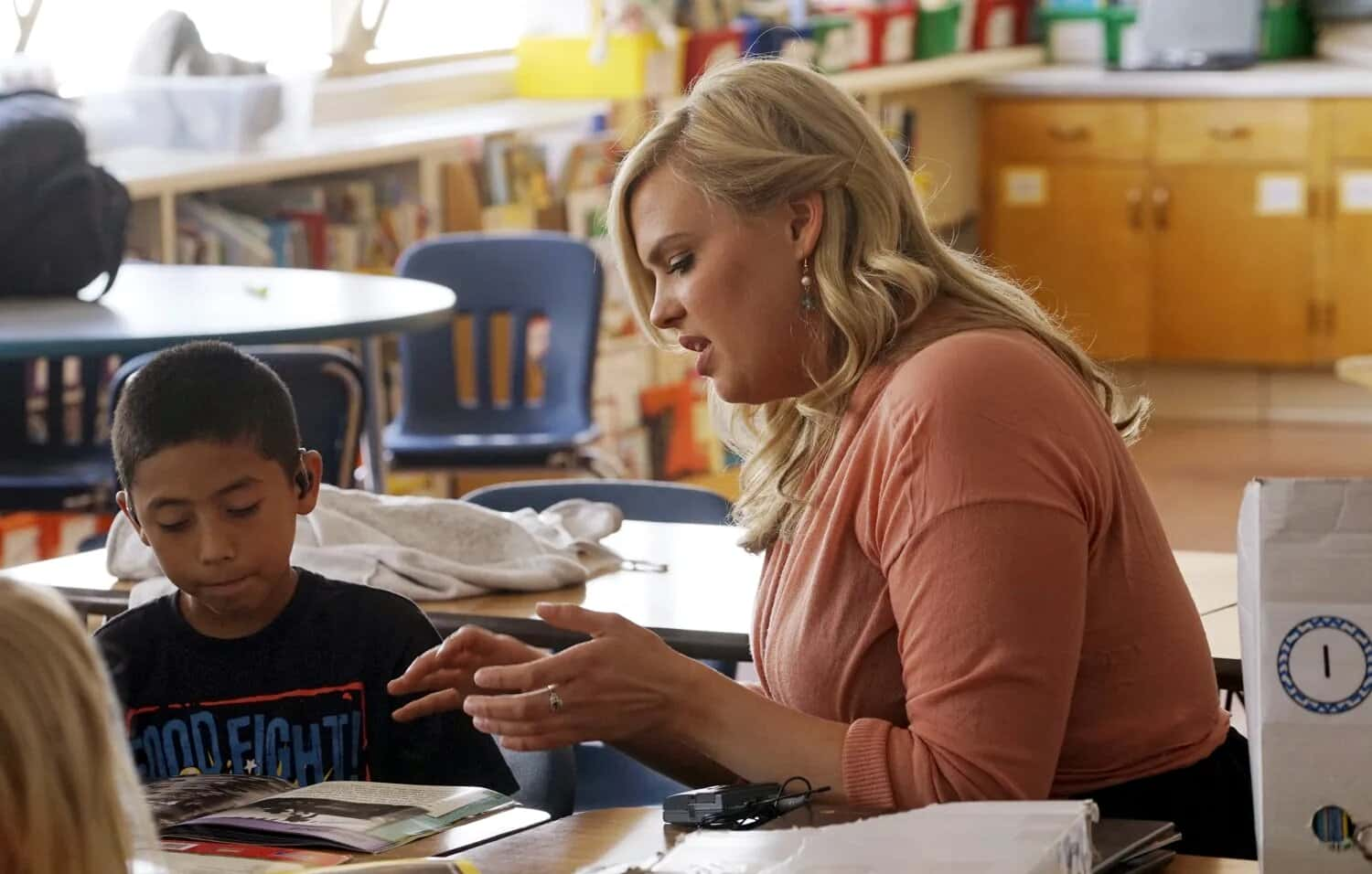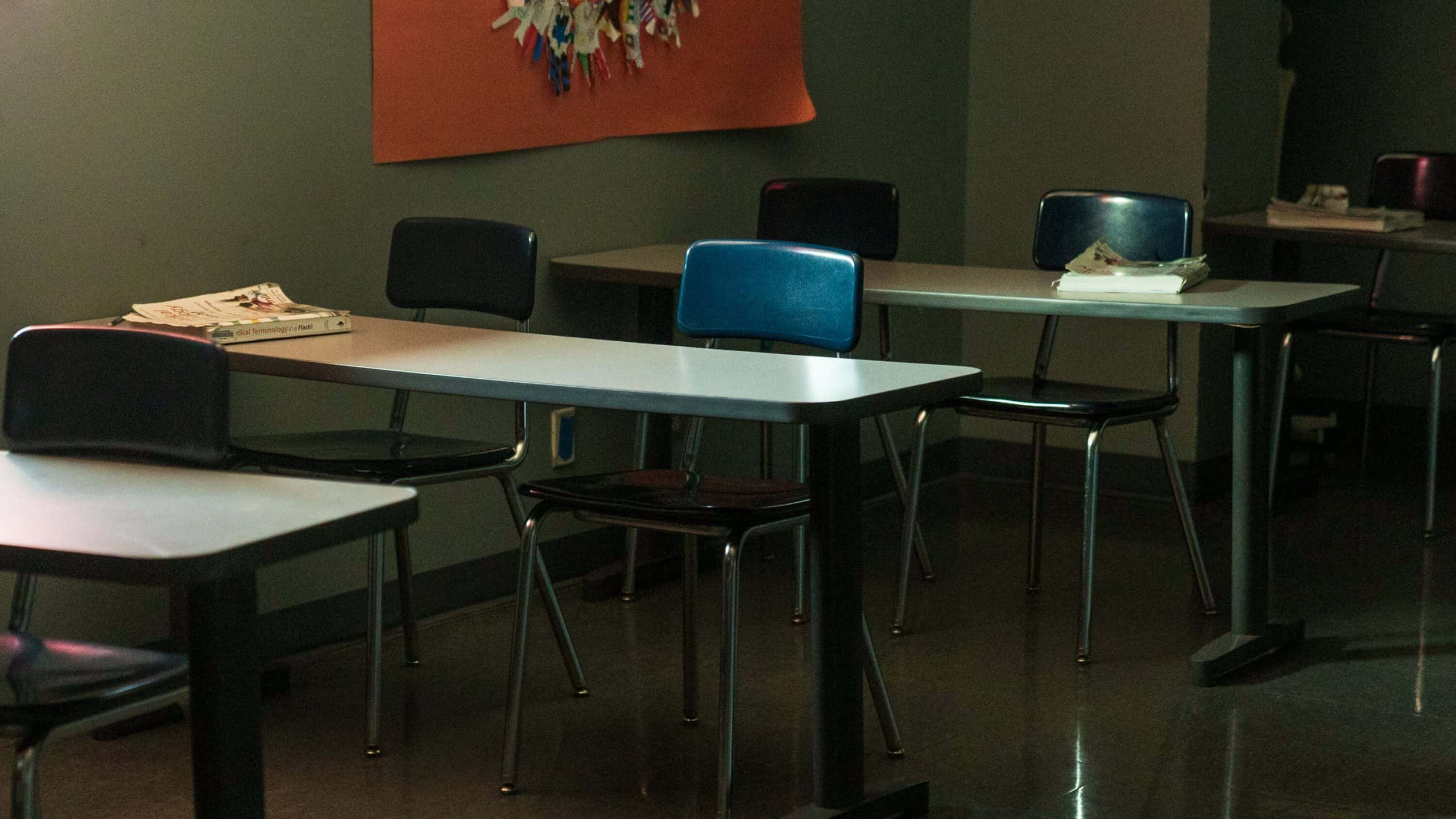The pervasive issue, identified as missing at least 10 percent of the school year, has left districts nationwide grappling to bring students back into the classroom.

A staggering 14.7 million students, roughly 30 percent of total enrollees, were chronically absent during the last academic year
A recent study by Attendance Works revealed that 66 percent of public school children, spanning from California to New York, attended schools plagued by high or extreme levels of chronic absenteeism. This disconcerting pattern, amounting to a minimum of 18 absent school days, is widely attributed to the challenges students face in readjusting to in-person learning post the COVID-19 pandemic.
“When chronic absence reaches high levels, the educational experience of peers, not just those frequently missing school, is also affected,” emphasized Attendance Works. Shockingly, 43 percent of schools witnessed at least 30 percent of their students being chronically absent during the 2021-2022 school year—a significant jump from the 14 percent reported in 2017-2018.
Hedy Chang, executive director of Attendance Works, underscored the long-term consequences of disengagement from school, emphasizing that the pandemic has exacerbated the issue for a broader student population.
The surge in absenteeism is contributing to alarming rates of learning loss among public school children, already grappling with the aftermath of school closures and interrupted education during the pandemic
In New York State alone, approximately 950,000 students across all grades were chronically absent during the 2021-2022 academic year, according to figures from Ed Data Express. California, Texas, and Florida also experienced substantial numbers of chronically absent students, with the latter implementing a unique strategy to address the crisis. In response to the issue, one Florida school district opted to incorporate several four-day weekends into the academic calendar to curb absences.
Despite the sobering figures, it is crucial to note that these statistics do not account for the hundreds of thousands of students who ceased attending school altogether during the COVID-19 pandemic and never re-enrolled.
This escalating crisis, largely ignited by the challenges posed by the pandemic, has prompted various measures, including the adoption of four-day school weeks by over 900 public school districts nationwide. Principal Christine Baker from West Pensacola Elementary School in Florida highlighted diverse reasons for students missing school, ranging from illness and lack of parental support to students choosing not to attend. The school is actively addressing the issue through initiatives like phone calls, meetings with parents, and counseling to ensure consistent attendance.
READ ALSO: Transformative Advancements In Medical Care Reshape Humanitarian Crisis Response In Conflict Zones




